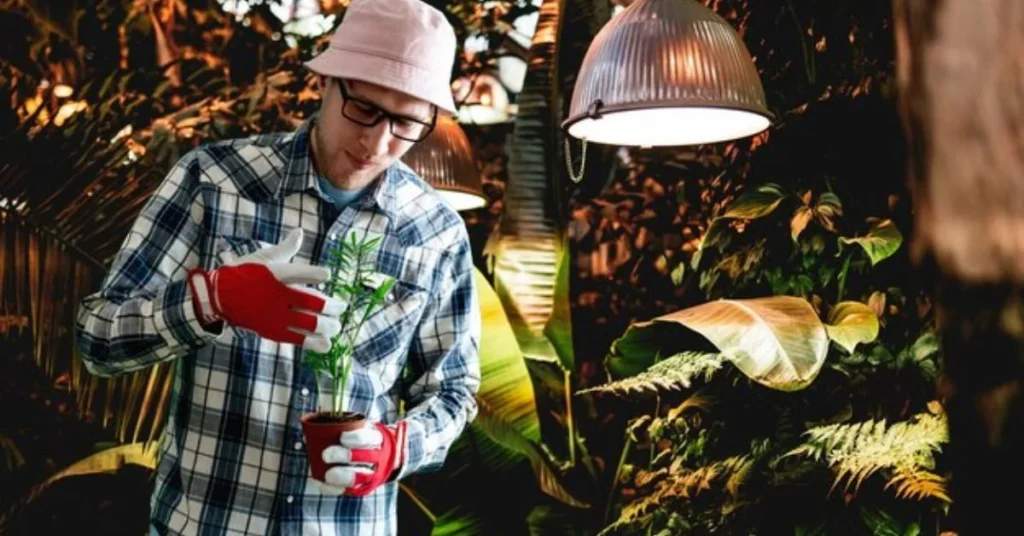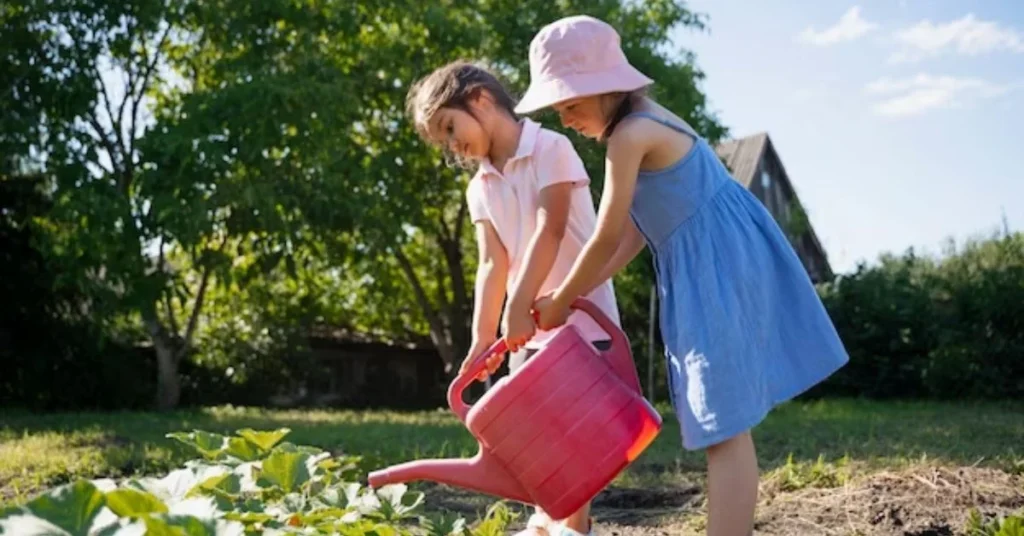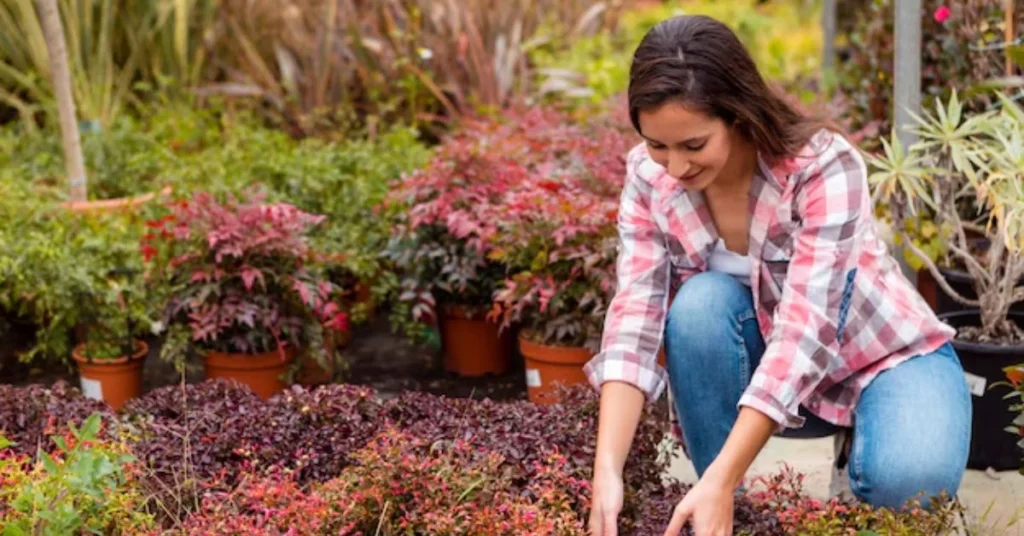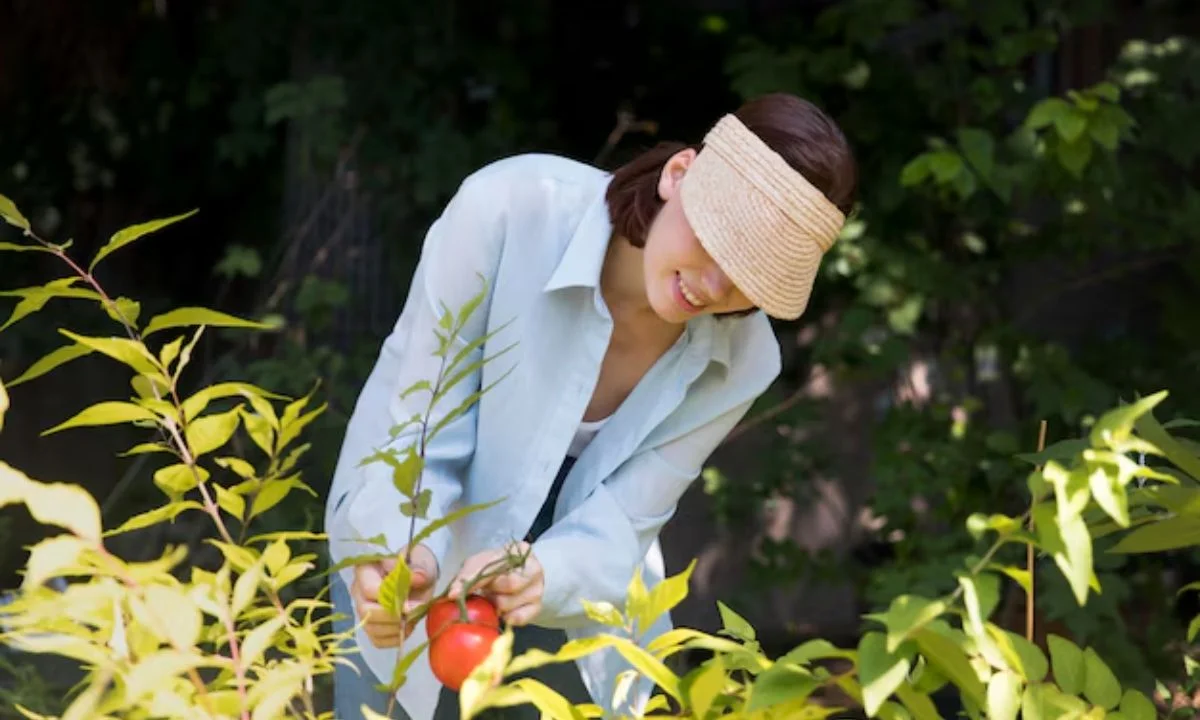When it comes to gardening, timing is everything. So, what is considered early summer for gardening? Early summer typically refers to the period from late May through mid-June, depending on your location. This time is critical for gardeners because it’s when the soil has warmed up, and plants can thrive without the fear of frost. However, early summer can vary based on the region you live in, and understanding these differences is key to a successful garden.
Early summer is the bridge between spring and the peak of the summer heat. During this time, plants that love warmth, like tomatoes, peppers, and cucumbers, can be safely introduced to the garden. But even in this ideal window, gardeners must pay attention to weather patterns, soil temperature, and the specific needs of their plants.
Must read How to Replace Kitchen Faucet: A Step-by-Step Guide
Why Early Summer is Perfect for Certain Crops
In early summer, the days are longer, and the sun’s intensity is increasing, which provides the perfect growing conditions for many vegetables and flowers. Warm-season crops, such as squash, beans, and melons, can be planted at this time. These plants thrive in temperatures between 70°F and 85°F and benefit from the consistent warmth of early summer.
Cool-season crops like lettuce, peas, and broccoli, on the other hand, may start to struggle as temperatures rise. If you still want to plant them, it’s essential to place them in shadier parts of your garden or use shade cloth to protect them from the heat.
Recognizing Regional Differences in Early Summer
While early summer generally occurs in late May to mid-June, the exact timing can vary greatly depending on where you live. For example, in southern regions of the United States, early summer may begin as soon as late April, while in northern areas, it might not start until mid-June.
Understanding your local climate zone is essential for determining what is considered early summer for gardening in your area. The USDA Plant Hardiness Zone Map can help you identify your zone and figure out the best planting times for various crops. Additionally, weather apps and local gardening resources are great tools for predicting the arrival of early summer in your specific region.
Preparing Your Garden for Early Summer Planting
Before planting in early summer, it’s important to ensure your garden is ready. First, test your soil temperature. Many summer crops need a soil temperature of at least 60°F to grow properly. You can use a simple soil thermometer to check this.

Next, make sure your garden beds are free of weeds and debris, and add compost or organic fertilizer to enrich the soil. This gives your plants the nutrients they need to grow strong. Early summer is also the perfect time to mulch around your plants. Mulch helps retain moisture, keeps the soil temperature consistent, and prevents weed growth.
The Importance of Watering in Early Summer Gardening
Watering is especially important during early summer as the sun intensifies. Plants need consistent moisture to grow well, but overwatering can lead to problems like root rot. A good rule of thumb is to water deeply but less frequently. This encourages roots to grow deeper into the soil, making plants more drought-resistant later in the season.
Early morning is the best time to water, as it allows the plants to absorb moisture before the heat of the day evaporates it. Drip irrigation or soaker hoses can help deliver water directly to the roots, minimizing evaporation and keeping the foliage dry to prevent diseases.
What Is Considered Early Summer for Gardening Flowers to Brighten Your Garden
While vegetables take the spotlight for many gardeners, early summer is also the perfect time to plant beautiful flowers. Flowers like zinnias, marigolds, and sunflowers thrive in the warmth of early summer and add vibrant color to your garden. These flowers not only look great but also attract beneficial pollinators like bees and butterflies.
Perennials such as daylilies and black-eyed Susans are also excellent choices for early summer planting. They return year after year, providing lasting beauty to your garden. Planting a mix of annuals and perennials ensures that your garden stays full and colorful throughout the season.
Protecting Your Garden from Early Summer Pests
As the weather warms, pests become more active in the garden. Early summer is a prime time for common pests like aphids, slugs, and beetles to invade your plants. Keeping an eye on your garden and taking action at the first sign of pests can prevent major damage.
One effective way to manage pests is by encouraging beneficial insects like ladybugs and lacewings, which naturally prey on harmful bugs. Additionally, using organic pesticides and introducing companion planting can help keep your plants safe without harming the environment.

Maximizing Growth with Fertilization
What Is Considered Early Summer for Gardening? So Early summer is an ideal time to give your plants a boost with fertilizers. As plants enter their active growing phase, they need extra nutrients to produce strong stems, leaves, and fruits. A balanced fertilizer with nitrogen, phosphorus, and potassium is perfect for promoting healthy plant growth.
For organic gardeners, compost tea, fish emulsion, or seaweed extract can provide the necessary nutrients without synthetic chemicals. Be careful not to over-fertilize, as this can lead to excessive leaf growth at the expense of fruit and flower production.
Adjusting for Heat Waves in Early Summer
Though early summer offers optimal growing conditions, sudden heat waves can stress your plants. It’s essential to keep an eye on the weather forecast and prepare your garden for unexpected temperature spikes.
Providing shade with fabric or structures can protect sensitive plants from scorching. Additionally, mulching heavily around your plants helps retain moisture and regulate soil temperature, making it easier for plants to withstand short periods of intense heat.
Conclusion
Understanding what is considered early summer for gardening can greatly improve your gardening success. Early summer is a critical time for planting warm-season crops, preparing your garden for the heat of summer, and protecting your plants from pests. By paying attention to your local climate, providing proper care, and choosing the right plants, you can enjoy a bountiful and beautiful garden all summer long. Keep your plants watered, monitor for pests, and ensure they have the nutrients they need to thrive.
For further guidance on gardening in specific climates, you can refer to helpful resources like the USDA Plant Hardiness Zone Map or local extension offices that provide tailored advice for your region. Click here for more.

What is considered early summer for gardening in different regions?
Early summer generally starts in late May to mid-June but varies by region. In warmer areas, it can begin as early as late April, while in cooler climates, early summer might not start until mid-June.
What crops are best to plant in early summer?
Warm-season crops like tomatoes, peppers, cucumbers, and squash thrive in early summer. These plants love the warmer temperatures and longer daylight hours of this period.
How can I protect my garden from early summer pests?
Encouraging beneficial insects, using organic pesticides, and practicing companion planting are effective ways to manage early summer pests without harming your plants or the environment.
How often should I water my garden in early summer?
Water deeply but less frequently to encourage deep root growth. Early morning watering is best, as it allows plants to absorb moisture before the heat of the day causes evaporation.
Can I still plant cool-season crops in early summer?
Cool-season crops can be planted in early summer if they are protected from the heat. Plant them in shadier spots or use shade cloth to help them thrive despite the rising temperatures.
